Hemorrhoids
Treatment for Hemorrhoids
8/15/2024
Understanding What is Hemorrhoidectomy: Here’s What You Should Know
Overview
- Hemorrhoidectomy is a surgical procedure that removes severe or persistent hemorrhoids when lifestyle changes are ineffective.
- It has different types including traditional surgery, stapled hemorrhoidectomy, and hemorrhoidal artery ligation and recto-anal repair.
- Traditional hemorrhoidectomy involves cutting and removing hemorrhoids.
- Stapled hemorrhoidectomy uses a stapling device for internal hemorrhoids.
- HAL-RAR focuses on cutting off blood supply to hemorrhoids using a Doppler sensor.
- Recovery from hemorrhoidectomy varies, with potential post-surgery symptoms like bruising, irritation, and swelling, emphasizing the importance of consulting with a healthcare professional.
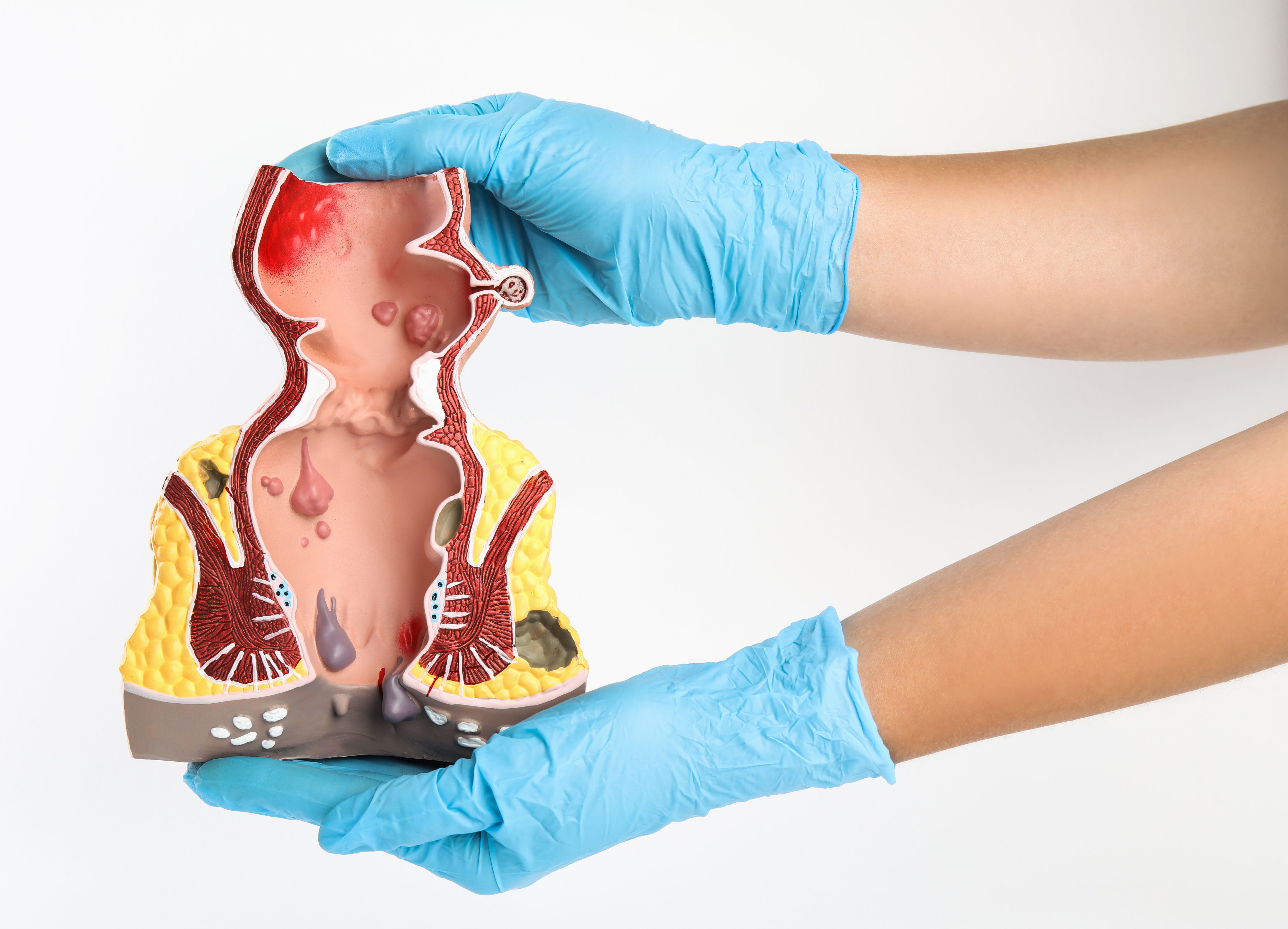
Introduction
Hemorrhoids, with their symptoms including itching, bleeding, and swelling around the anus, affect 50-80% of people worldwide. These symptoms make them uncomfortable, affecting the person’s everyday life.1
Regular routine and lifestyle changes are often the first line of solution when combating this disease. However, when they are not enough, risks can worsen the condition. Doctors may advise you on more drastic ways to remove it.
What is a Hemorrhoidectomy?
Hemorrhoidectomy is the surgical removal of external or internal hemorrhoids.2 It is often the last option when simple lifestyle changes cannot address the issue. This is common and safe and is reserved for severe conditions.3
Gastroenterologists and colorectal surgeons are the professionals for this procedure.4 They have undergone the right and thorough training to remove severe hemorrhoids.
If you think that the complications and risks of your condition are getting worse, or that your medicine is not working, you may seek advice from your trusted doctor. This helps check if surgery is the best way to alleviate your pain.
What are the Types of Hemorrhoidectomy?
Hemorrhoidectomy varies in different procedures. Each type centers on specific situations. Seeking expert medical advice is required to understand the depth of each surgery.
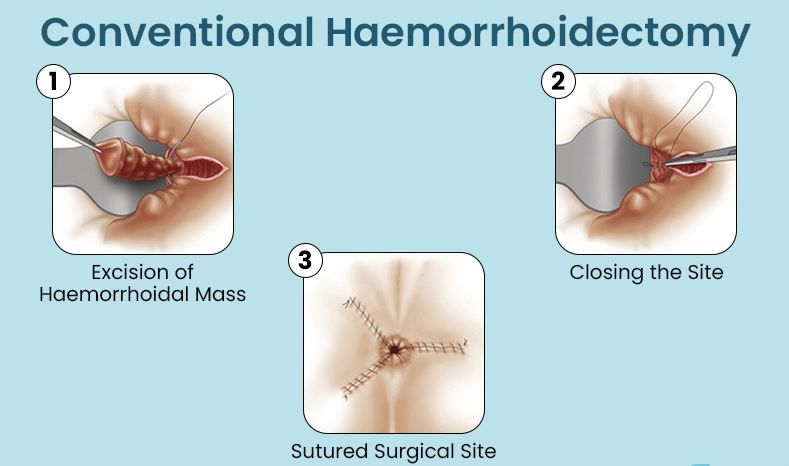
Hemorrhoidectomy
This is the most common procedure to remove hemorrhoids, wherein the doctor makes small cuts or slices away around the anus.3 It has two types: the closed and open procedures.6
The closed surgery is used for internal hemorrhoids. It involves an excision of hemorrhoidal bundles using a scalpel, scissors, electrocautery, or laser. After that, the wound is closed using an absorbable suture. Open hemorrhoidectomy, on the other hand, is the same as its counterpart. The difference is that it does not close the incision.6 It is left open.
It is an outpatient surgery5 and may also use local or general anesthesia to numb the area or put you to sleep.
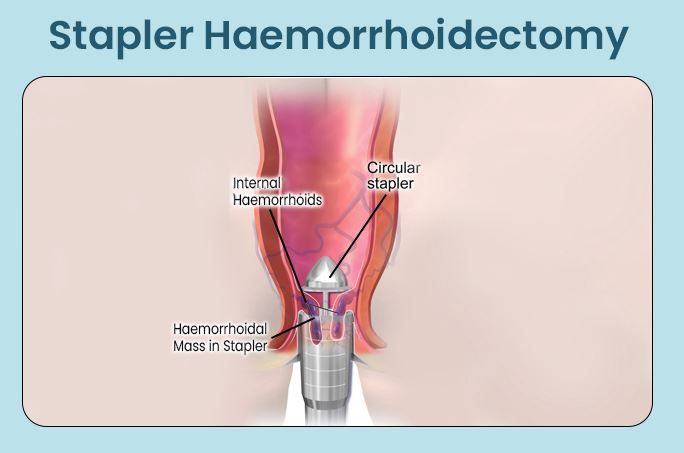
Stapled Hemorrhoidectomy
Stapled hemorrhoidectomy is for internal, grown, and prolapsed hemorrhoids.7 It is also known as Longo’s procedure or PPH, used for patients with grade III and IV hemorrhoids.6 These grade conditions are protruding near or just outside the anus.8
This procedure uses a circular stapling device pulling the expanded hemorrhoidal tissue.9 After that, it cuts it off while also stapling together the upper and lower edges of the tissue. It also works in areas with fewer nerve endings.5
With that in mind, it hurts less than traditional surgeries and causes fewer complications, allowing patients to recover faster.
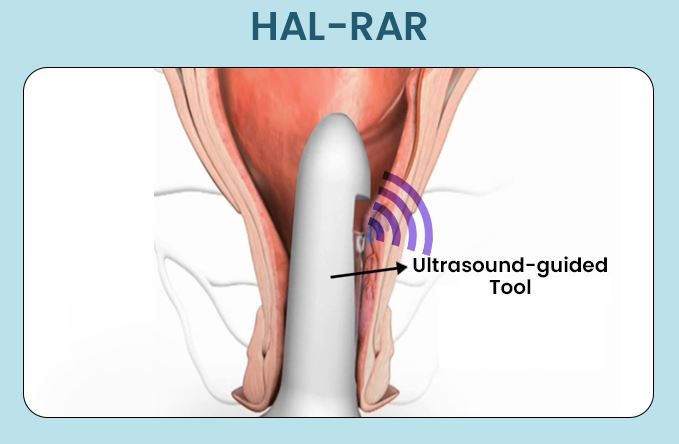
Hemorrhoidal Artery Ligation and Recto Anal Repair
HAL-RAR is focused on the arteries that supply blood to your hemorrhoids. It is a new procedure that uses a miniature Doppler sensor.5 This device is used to monitor the blood flow in vessels. It is developed for auditory and visual feedback.
When the arteries that give blood to the condition are recognized, each artery is tied off.10 Doctors then place a stitch around it and knot the ends. This cuts off the blood supply to the disease. This will eventually enable hemorrhoids to slowly reduce in size or shrink when blood isn’t present.
This procedure is the ideal treatment for symptomatic hemorrhoids,11 which causes symptoms like painless bleeding, prolapse, soiling, and itching.12
What Should I Expect During My Recovery from Hemorrhoidectomy?
Recovering from hemorrhoid removal surgeries is different for everyone. Wounds from the procedure may fully heal in around one to two weeks.13 While it does stop the pain of your daily situation, you may still experience certain discomfort during healing. The following may occur after your surgery:14
- Bruising
- Irritation
- Minor bleeding
- Discharge
- Soreness
- Swelling
Other complications may arise depending on which type of surgery you get. To fully prepare yourself after the procedure, you need to seek support from your doctor beforehand. They will help you manage your expectations and make decisions accordingly.
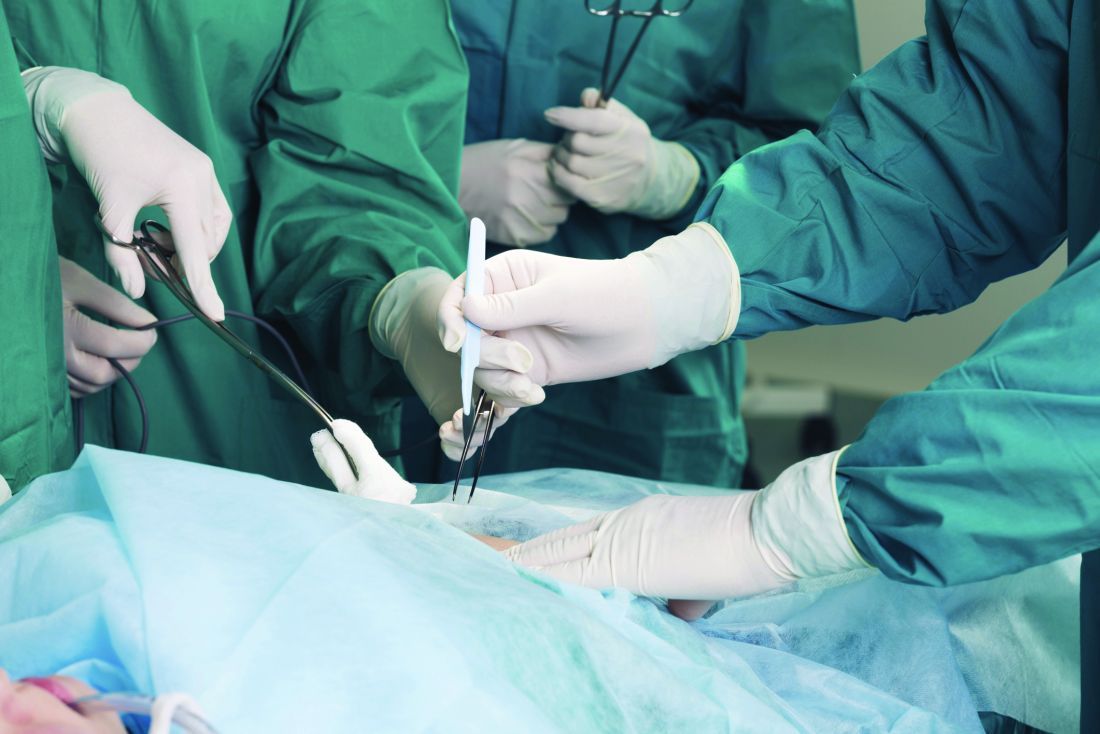
Key Takeaway
Understanding what is a hemorrhoidectomy is important. It helps individuals suffering from severe or persistent hemorrhoids. While it may offer relief from harsh symptoms, you may still feel risks and complications. That’s why you should discuss all treatment options with your trusted doctor.
While your hemorrhoids are still manageable with simple lifestyle changes, it is pivotal to incorporate the needed steps to lessen the symptoms. A simple way to combat this condition is by taking Diosmin + Hesperidin (Daflon® 1000). This is your reliable medicine for your hemorrhoids. Developed with an active ingredient called purified flavonoid fraction (MPFF), you can manage your hemorrhoids quickly and effectively.
REFERENCES
- https://www.hopkinsmedicine.org/health/conditions-and-diseases/hemorrhoids
- https://www.healthline.com/health/hemorrhoidectomy#about
- https://www.healthdirect.gov.au/haemorrhoidectomy
- https://lubbockgastro.com/best-hemorrhoid-doctor/#:~:text=Gastroenterologists%20and%20colorectal%20surgeons%20have,of%20procedures%20to%20remove%20hemorrhoids.
- https://www.webmd.com/digestive-disorders/surgery-treat-hemorrhoids
- https://generalsurgery.ucsf.edu/conditions--procedures/hemorrhoidectomy.aspx#:~:text=A%20hemorrhoidectomy%20is%20surgery%20to,Hemorrhoid%20Anatomy
- https://www.medicalnewstoday.com/articles/324439#types
- https://www.gothemorrhoids.com/hemorrhoid-grading-system#:~:text=Grade%204%20hemorrhoids%20are%20prolapsed,more%20serious%20hemorrhoid%20treatment%20procedures.
- https://www.medicinenet.com/stapled_hemorrhoidectomy/article.htm
- https://haemorrhoidinfoservice.com.au/about-hal-rar/#:~:text=The%20Haemorrhoidal%20Artery%20Ligation%20%2D%20Recto,cutting%20or%20a%20general%20anaesthetic.&text=HAL%2DRAR%20has%20an%20in%2Dbuilt%20miniature%20Doppler%20ultrasound%20device.
- https://brisbanesurgeon.com.au/procedures/haemorrhoidal-artery-ligation-and-recto-anal-repair-hal-rar
- https://www.aafp.org/pubs/afp/issues/2018/0201/p172.html#:~:text=Symptomatic%20internal%20hemorrhoids%20often%20present,stool%20and%20rarely%20causes%20anemia.
- https://www.medicalnewstoday.com/articles/324439#outlook
- https://www.healthline.com/health/hemorrhoidectomy#recovery
- https://my.clevelandclinic.org/health/procedures/hemorrhoidectomy
2026